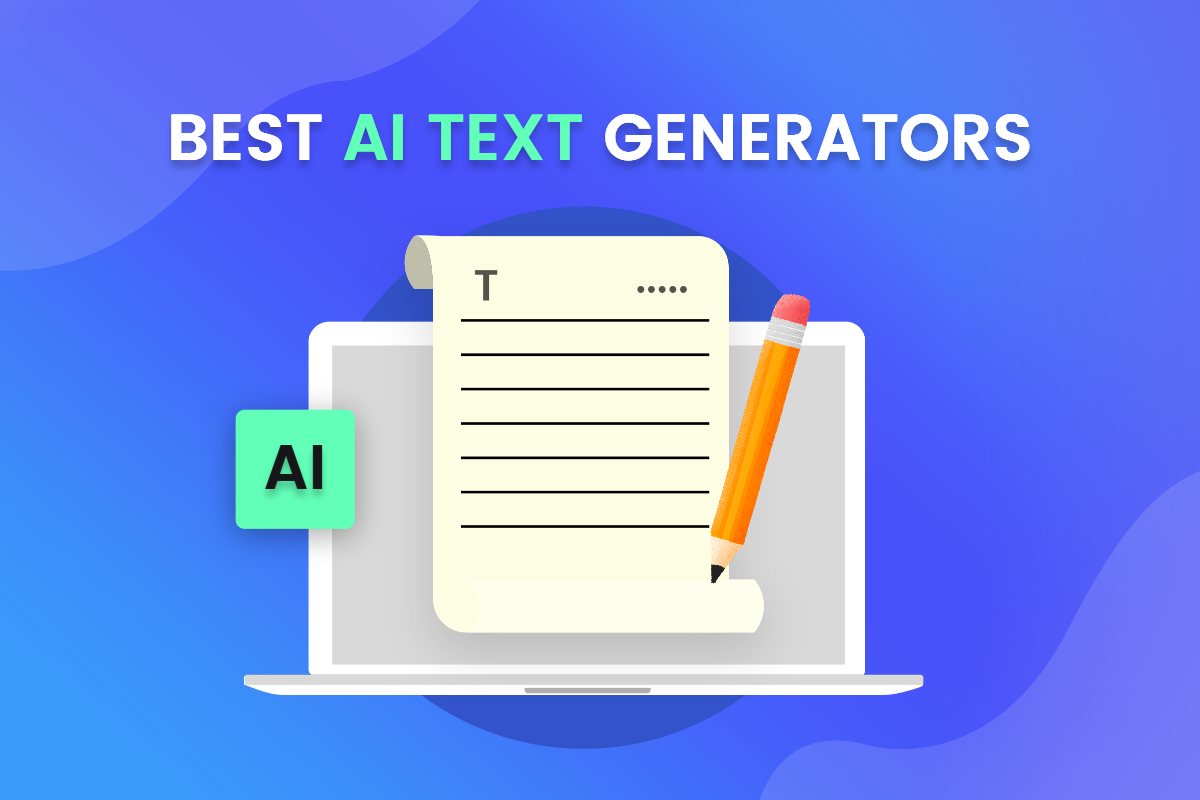How to Make the Most of ChatGPT Unblocked
페이지 정보
작성자 ucajase 작성일25-03-24 14:32 조회56회 댓글0건관련링크
본문
To enhance your content creation process, consider leveraging an AI answer generator. These tools provide quick and reliable responses to a wide range of queries, making them a valuable asset for both personal and professional use ai language learning.
Start by selecting a generator that suits your needs. Look for features such as user-friendly interfaces, customizable response options, and support for various topics. Many generators also offer additional functionalities, such as integration with other software and analytics to track usage.
Utilize the outputs effectively by crafting follow-up questions or modifying the context. This ensures the responses align closely with your requirements. Regular interaction with the tool can refine the quality of the answers, leading to better results over time.
Remember to verify the information provided. While AI generators are powerful, they can occasionally produce inaccuracies. Cross-checking facts helps maintain the credibility of your work and builds trust with your audience.
Incorporate AI answers into your strategy, whether for blog posts, customer support, or educational content. This flexibility can significantly streamline workflows and enhance productivity across various tasks.
AI Answer Generator
Leverage an AI Answer Generator to produce precise and contextual responses quickly. Focus on inputting clear and specific questions to receive the most relevant answers. Customizing the prompts can enhance the quality of the generated content.
Incorporate keywords related to your topic for better accuracy. Consider including examples or scenarios in your prompts. This practice not only guides the AI but also fine-tunes the output to meet your specific needs.
Utilize feedback loops by evaluating the AI's responses. If the answers lack depth, adjust your prompts and re-engage the system. This back-and-forth can significantly improve the relevance of the information provided.
Explore various platforms offering AI Answer Generation. Each may have distinct features, so experiment with different tools to find one that aligns with your requirements. Pay attention to user reviews and case studies to inform your choice.
Integrate the generator into your workflow. Use it for brainstorming ideas, drafting content, or answering FAQs. This implementation can save time while maintaining high-quality output across various applications.
Stay updated on advancements in AI technology. Improvements in natural language processing and machine learning can enhance the capabilities of answer generators over time. Regularly revisiting your tools ensures you maximize their potential.
How to Implement AI Answer Generators in Customer Support
Begin with a clear understanding of your customer inquiries. Analyze frequently asked questions and common issues to build a robust knowledge base. Categorize these inquiries for quick reference. This data enables the AI model to learn and respond accurately.
Choose an AI platform that integrates seamlessly with your existing systems. Platforms like Zendesk, Intercom, or Microsoft Azure provide flexible options. Ensure the selected tool has natural language processing capabilities for better comprehension of user queries.
Train your AI model using real customer interactions. Include diverse examples to cover various scenarios. Regularly update the training data to adapt to new trends and user preferences. Incorporate user feedback to refine responses continuously.
Implement chatbots with predefined pathways for common queries while allowing for escalation to human agents when necessary. This ensures that complex issues receive personalized attention, enhancing overall customer satisfaction.
Integrate analytics tools to track performance metrics such as response times and resolution rates. These insights help identify areas for improvement, allowing for continuous optimization of the AI answer generator.
Educate your team on using AI tools effectively. Provide training sessions that cover system features, troubleshooting, and collaboration with AI. Empower them to leverage this technology, enhancing their productivity and improving customer engagement.
Maintain transparency with customers. Communicate the use of AI in your support system and encourage feedback on their experiences. This fosters trust and helps in refining the AI’s capabilities further.
Choosing the Right AI Algorithm for Real-Time Answer Generation
Select a machine learning algorithm based on the data you have and the type of responses you want to generate. For quick, simple answers, consider using rule-based systems or keyword extraction techniques. These are typically faster and require less computational power.
If your application demands more nuanced or context-aware answers, then leaning towards neural networks, specifically transformer models like BERT or GPT, is beneficial. These models excel in understanding context and semantics, making them ideal for more complex interactions.
Evaluate your data size and quality. If you possess a large, high-quality dataset, deep learning models can outperform traditional methods. If the data is limited, ensemble methods such as Random Forest or Gradient Boosting can provide stronger results than a single model. They work well by combining insights from multiple algorithms.
Real-time processing efficiency is another key factor. Algorithms should process inputs quickly while maintaining accuracy. Benchmark various models on both performance and latency using your specific dataset. This way, you can gauge their responsiveness in real-time applications.
Consider your deployment environment. For mobile applications or edge devices, lighter models with smaller footprints, like MobileNets or distilled versions of larger models, are more suitable. They strike a balance between performance and resource consumption.
Finally, continuously monitor and update your model based on user feedback and new data. This iterative approach enhances accuracy and keeps the responses relevant to user needs.

댓글목록
등록된 댓글이 없습니다.

